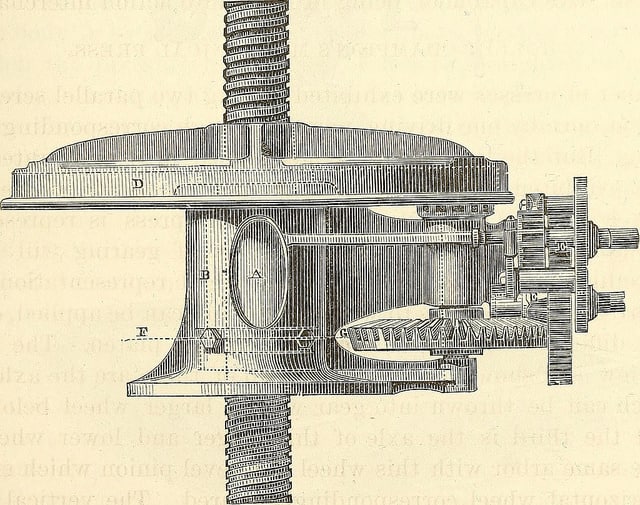
 Yet Another Confused MTBF Definition
Yet Another Confused MTBF Definition
Just when I thought we had experienced every possible MTBF definition confusion, here’s another.
This one is courtesy the thread concerning the impact to reliability when adding redundancy to a system.
MTBF is used to indicate the cycle time between failures. This value exceeds the MTTF by a margin which is attributable to the time associated with repair. In the case of most components and systems, the repair time is usually very small compared with the operating time and the numerical values of MTTF and MTBF are therefore very close.
I’m giving the writer a pass on the ‘cycle time between failure’ as that is a common misunderstanding. It is the notion the MTBF value exceed the MTTF value with the association of repair time. That one is new to me.
It is generally understood that we use MTBF for repairable systems and MTTF for non-repairable systems. That is fine.
Have any of you run across an MTBF definition that includes the repair time? The most common include total operating time divided by the number of failures.
It is possible, I suppose, to just use total calendar time the system should be operating divided by the number of failures as an estimate. This would assume the repair times are small, yet really? We could simply delay repairs to improve the MTBF metric, as the chance of failure while already down is often smaller than when fully functional and operating.
Ok, once again, what is your take on the writer’s understanding of MTBF? How have you experienced MTBF confusion? Leave a comment and send me a note. Next week an example of MTBF confusion described by a reader.
Isn’t he confusing MTBF and Availability? I don/t have my resources at hand but if I remember correctly ot is essentially MTBF plus repair time including logistics of getting the repair parts
Hi Gary, I think so. Availability is commonly defined as MTBF / (MTBF + MTTR). Still not adding repair time to the operating time used for MTBF though. cheers, Fred
availability? failure rate plus repair time and logistics of getting replacement parts IIRC
You got it – cheers, Fred
I had a customer that insisted that I calculate the Mean Flight-Cycles Between Failures over the lifetime of a fleet of aircraft. This included diurnal cycles, temperature/altitude/vibration cycles, park/push-back/engine start/taxi/roll/take-off/climb/cruise/descent/land taxi/parksngine-stop cycles, A,B,C and D checks and everything else you could think of. After trying to educate them, and much protesting (to no avail) I dutifully did the calculations in accordance with their procedures and used their data, which was probably pulled out of someones nose. When I presented the results, along with the strong caveat that the results were completely fictitious, and couldn’t be counted on for anything, they were delighted!.
Hi Dave, thanks for the note and story. It would be humorous if not so often the story. Isn’t there quote something about ignorance is bliss?
Cheers,
Fred
When components in a system have constant Failure Rates, Mean Time Between Failure (MTBF) of the system can be used to calculate Reliability at any time within the Useful Life period
The mean life function (often denoted as “MTBF”) is not a good measurement when used as the sole reliability metric. Instead, the use of a reliability value with an associated time, along with an associated confidence level, is a more versatile and powerful metric for describing a product’s reliability
For people who are unable to establish a Failure/Time distribution to calculate reliability of their product, the easiest way to track Reliability is to use MTTF(MTBF) periodically. “Single Point” calculations are not suitable for warranty, spares allocation, etc. Should calculate the MTTF(MTBF) number at a Confidence Level.